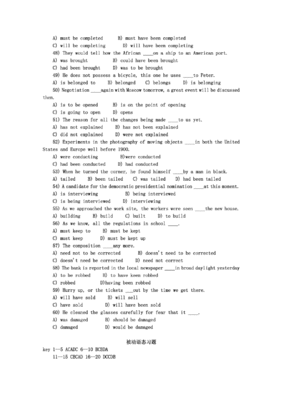Ⅰ.Women’s language—not women-specific
Even though there are differences between the English language used by women and men, we can not draw a clean line between the Female English and the Male English. According to a number of studies done by the linguists, in the communication with their “superiors” ,both men and women will use women’s language. Crosby and Nyquist found that males and females began to use women’s language when they played as a dependent role in certain situations.1 Thus, at the risk of sounding too extreme, the linguists classify male interior decorators, male hairdressers, male clothes designers, male assistants in florist shops into the learned stereotypes of female roles, because these males, under most circumstances, speak the language of the Female English’s characteristics—cautious, submissive, placating, and they do not use the language of command.2 Ⅱ.Women’s language–the successful element in interpersonal communication It seems that the people using women’s language are the inferiors in a world which values authority, assertion, confidence and control. However, some studies indicate that women are better persuaders than are men with their language of command. To be more specific, as long as one uses women’s language, one can be persuasive. We can interpret this by noting that women conveyed an accepting, understanding attitude while men tended to be defensive, even offensive.3 We might as well put women’s language into the field of communication. Undoubtedly, women are the superiors in the interpersonal communication. The major skills of the effective interpersonal communicators are as follows: 1. Listening and responding to others through eye contact, paraphrasing, positive body cues, etc. 2. Active perception and thoughtful interpretation of the communication cues of other participants. 3. Negotiation of self, the sharing of our humanness, and the awareness and acceptance of the humanness of the other person. 4. Avoidance of too early evaluation and negative evaluation.4
Comparing the above skills to the characteristics of women’s language, we may easily find that women speak in a soft way, avoid contradiction with others, and perform more warmth and spontaneity in communication. The female also limit their assertions, and ask questions for more information and clarification, and the most important is that they accept others as inpiduals with worth and dignity. All these traits of women’s language viewed as the weaker’s symbol are of significance in the successful interpersonal communication. What’s more, the politeness manifested in women’s speech is a way of showing respect to others. Certainly, women’s ability to observe and interpret body cues accurately is excellent, which makes women the effective communicators. In any case, women’s language is considered the essential element in communication. Ⅲ.The importance of women’s language in negotiations Beyond the positive role women’s language plays in the area of communication. Mary G. Mc Edwards makes us surprised to realize that “women’s language has been used for a long time not just by women, or other societal inferiors but by males engaged in labor negotiations, in diplomacy, in legislative activity, and even in academics”.18 She presents an example—the table of contents of a current text on business and personal negotiations, Fundamentals of Negotiating by Gerald I. Nierenberg. Chapter Titles Chapter Subheadings The Cooperative Process Understanding What Is Happening The Need Theory of Need Fulfillment and Deprivation Negotiation Affirmative Statements The Use of Questions Statements as Questions Creative-Alternative Attitudes Creative Alternatives for Mutual Accommodation Assumptions Establishing Objectives A Source of Misunderstanding A Good Listener5 Nothing would be so clear as the author’s advice to those salespeople, real estate negotiators, corporate personnel, labor and management and lawyers for their success, which is listed on the right of the above table. According to Mary, the author Nierenberg is internationally known in the field of negotiations. In the book Fundamentals of Negotiating, Nierenberg urges all those people who are “attempting to solve problems, to work together effectively, and to agree on common goals and actions” to use women’s language which shares the most of the consummate art of the negotiation. There is no doubt that these people, especially the male, would not prefer to label their linguistic behaviors with “the women’s language”. But it is the language pattern of the Female English that they use, and they use it to accomplish their purposes. Taking into account the positive role women’s language plays in our life, the feminists would be pleased enough to find that the Male English of power is neither an appropriate nor an effective form of communication under the circumstances which need the resolution of problems through negotiation and compromise.
 爱华网
爱华网



